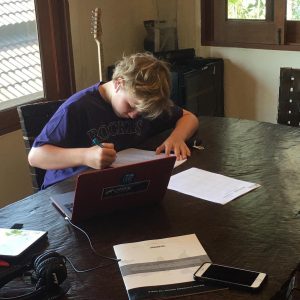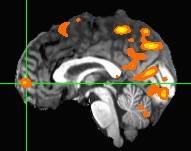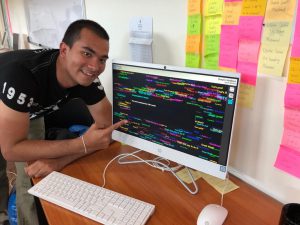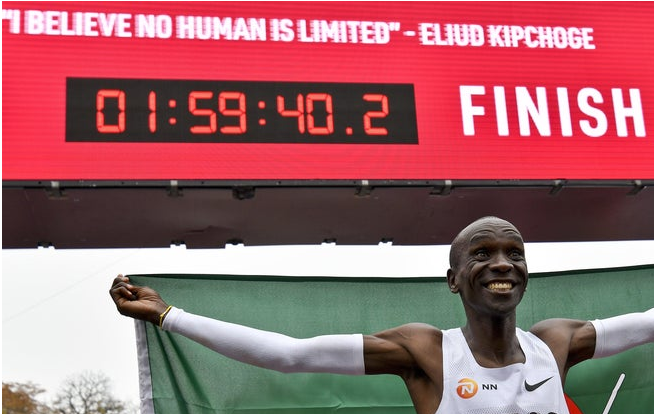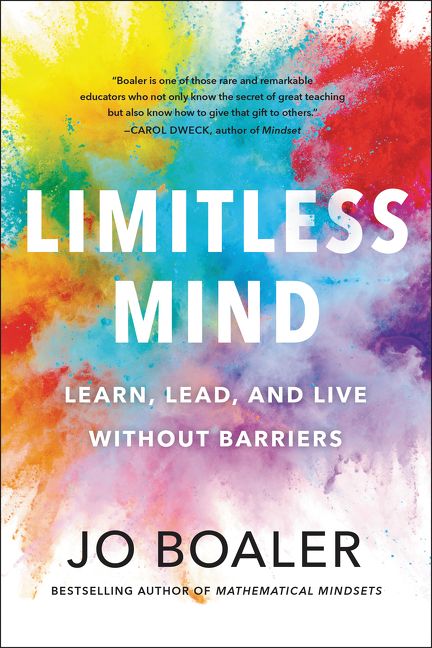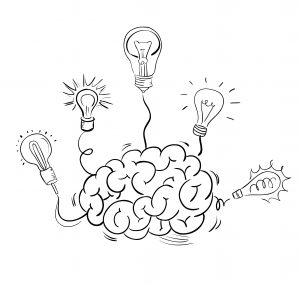If you met Ella Cahill you would probably be surprised to hear she’s suffered with learning difficulties her whole life. The sweet Australian 22-year-old makes friends easily and shines in social gatherings but she felt completely defeated when it came to reading, writing, math, and time management, even though she attended private school since kindergarten and had the help of tutors and extensive learning support. “If there was a program, my mom found it and I did it, at significant cost to my parents, but I remained slow at everything I did, especially anything timed,” says Ella. “I never submitted an assignment on time nor finished an exam within the given time frame. I felt dumb my whole school life.” But now, ten months into a full-year Arrowsmith program at Confident Brains, she says, “I feel like I’m a race car.”

Like many people with non-specific learning difficulties, Ella grew up longing for a diagnosis, like dyslexia, that would explain her troubles. When thorough testing didn’t provide any answers, other than showing that in fact, she had a high IQ, she worked harder and blamed herself. “My self-esteem in so many ways was damaged from feeling stupid and not being able to do easy tasks like simple mental maths. Then not being able to get to the bottom of why frustrated me more.” In order to receive extra time in her final exams, Ella needed yearly testing by an Educational Psychologist to show cause. However, each year her IQ increased, eventually landing a couple of points off the gifted range. “This only added to my frustration as I felt like my experience didn’t reflect this number.”
Having already repeated Year 6 and taken two years to finish Year 12, Ella hit a low after her first year of university. Despite loving her studies in landscape architecture, she couldn’t get through her course work and all the group tasks stressed her out. Her mother had been suggesting Arrowsmith for years, so when a university break aligned with a 6-Week Cognitive Intensive Program at Confident Brains, Ella flew to Phuket. She expected to finish the program and be back for the start of the new semester.
“After speaking to other students who had made life-changing gains, I realized I needed to do a year. As much as the 6-Week Program was incredible and definitely helped, I needed to work on some other areas that were only available full time.”
The Arrowsmith assessment process was one of the factors that convinced Ella to commit to a full-time program. “Whereas other programs weren’t as specific and didn’t pinpoint exactly the problems I had, the testing really covered everything, and then the program was completely tailored to my weaknesses.” The results gave Ella a huge sense of relief and hope. “This is what I’ve been dealing with all my life. This is my brain on paper. It was so comforting to get to the exact bottom of what was going on in my brain. Why I could do this, and couldn’t do this, and see how things linked up.” Armed with this new knowledge and a customized learning plan, Ella threw herself into the program.
One of her earliest improvements was becoming more organized. In the past, getting ready in the morning was hectic, and regardless of how many alarms Ella set, she was always late. A few weeks into the program, one of her housemates pointed out that mornings were smoother. “I wasn’t running around, grabbing a t-shirt, grabbing my shoes. I had my vitamins, had my shower, and just got ready and it wasn’t as difficult. I wouldn’t forget things. That was definitely a significant change.”

Ella also quickly made huge progress with her reading rate. In her final year of high school, she’d seen a behavioral optometrist, who picked up that she was reading at a Year 2 or 3 level. She was 16. “I hated reading. I would skip lines, then nothing made sense so I would re-read it. Although I’m musical, I gave up the piano because I couldn’t read the Leger lines. An E looked like a G. I would never borrow a book from the library because I was ashamed that I would just have to keep renewing it.” Six months into the program, she noticed reading was getting easier. “I can just read so quickly now, without any struggles and I have so much more confidence.”
Ella also embraced the unique setting and advantages of the Confident Brains School, which is located at the Thanyapura Sport and Wellness Centre, one of Asia’s premier training facilities. “If I had done my Arrowsmith program in Melbourne, it would have been so boring,” she says, laughing. “Being at Thanyapura and having access to all the health and sports classes, the support of great nutrition, the incredible food – it was just a dream. I did yoga and meditation classes every day. I completely immersed myself in it and it really nourished me in so many ways. To be able to do a brain training program and have the holistic combination of fitness, health, and nutrition just accelerated the process of neural growth.”
That growth showed up in less obvious ways too. When her parents visited in February, they offered to take some of her things back home with them to make her load lighter in June, when she completed the program. To her mother’s shock and delight, she quickly filtered through her belongings, figuring out what she would and wouldn’t need for the next few months. “I know I would’ve struggled with that before,” says Ella. “I remember when I had to pack to go to Phuket for a year and I was so stressed. Packing took days and often wasn’t completed before a flight.”
That packing practice came in handy in late March when it became apparent that Ella would have to return to Australia to ride out the growing COVID-19 pandemic. Despite short notice and anxiety-inducing news unfolding, Ella calmly accepted that her stay in Phuket was ending sooner than she hoped, and packed up quickly. “I did it within a timeframe that wouldn’t have happened before.” She’s now safe at home with her family in Melbourne, finishing up her last three months through online learning with Confident Brains and still maintaining her fitness through Thanyapura’s online classes.
Ella wasn’t expecting major gains in this last stretch of the program, but she recently made an exciting breakthrough, thanks to Google docs and Robert Lee, her perceptive teacher.
“I always struggled with writing. I could never get my ideas out. I’d been getting good marks in this Arrowsmith writing exercise, but Robert (Lee) kept on saying you’ve got to produce a bit more work. I didn’t know what else I could do. When we moved online using Google docs he could see what I was typing and how quickly I was typing. He picked up that I write one sentence, think for another two minutes, and write one sentence, instead of formulating the whole idea in my head, then writing. He really sat with me over facetime, coaching me through this writing process. Keep going, keep the ideas flowing. I was running this marathon. One day was really hard, and I was so frustrated, but I had this insane breakthrough. Now I can formulate a whole story of what I want to say in my head and just type it. It’s just this continuous flow without any pausing or lag. That was just always how I’d written and I always just thought, ‘I’m slow” but it actually correlated to an area in my brain where I couldn’t hold information and manipulate it. That wouldn’t have been picked up on if we hadn’t moved to Google docs. It was really cool.”

Now that she’s reading and writing fluidly, Ella is excited to go back to university. She’s also keen to share her Confident Brains experience. “After having done the Arrowsmith program and knowing that it’s helped me so significantly and that it could help so many more people, I definitely want to talk to everyone about it!” she says, chuckling. When schools open up again, she’s planning to reach out to her former teachers and offer to give talks about the Arrowsmith Program. “It should be in every school. It should be so much more accessible. I feel there must be more people like me, who are frustrated, who get a range of grades like I did, anything from an A+ to a D. It should be available to every student, even if they don’t have problems with learning. It’s still so beneficial to train and grow your brain, to reach your full potential. I really hope that in the future, it’s in every school.”
While Ella has made concrete improvements in her writing, reading, maths and time management, the biggest and most important shift may be in the way she thinks about herself. Reflecting on what she’s learned about herself over the past 10 months, she pauses, and starts to cry.

“I just didn’t have a lot of confidence. I always questioned everything I did. Everything in school was just so tough. I just thought that I was stupid. And then to go to Arrowsmith and have the full testing, to see and understand my brain and the reasons why I struggled. It was a huge breakthrough. I feel a lot more confident in myself, not just in my ability to do maths or read. It’s so much more. I’m so grateful to have this experience and make significant changes. Otherwise, I know I would have continued to struggle for the rest of my life. I now have confidence in my own brain; I feel like I can truly live up to my IQ.”
![]() By quickly shifting to online learning models, Arrowsmith has done more evolving in the last few months than we have in the last decade. So when we think about moving forward, I want us to go even further. Can we find ways to keep improving and iterating so that it can be accessible and affordable to even more students? Can we get it into the general school curriculum? Develop it as a phone or tablet app that maintains the important instructor connection? How do we make cognitive training even more effective?
By quickly shifting to online learning models, Arrowsmith has done more evolving in the last few months than we have in the last decade. So when we think about moving forward, I want us to go even further. Can we find ways to keep improving and iterating so that it can be accessible and affordable to even more students? Can we get it into the general school curriculum? Develop it as a phone or tablet app that maintains the important instructor connection? How do we make cognitive training even more effective? 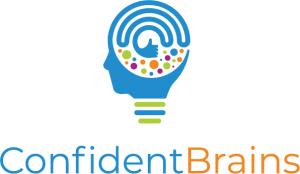



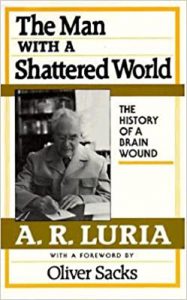

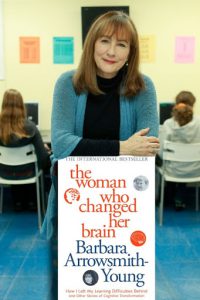

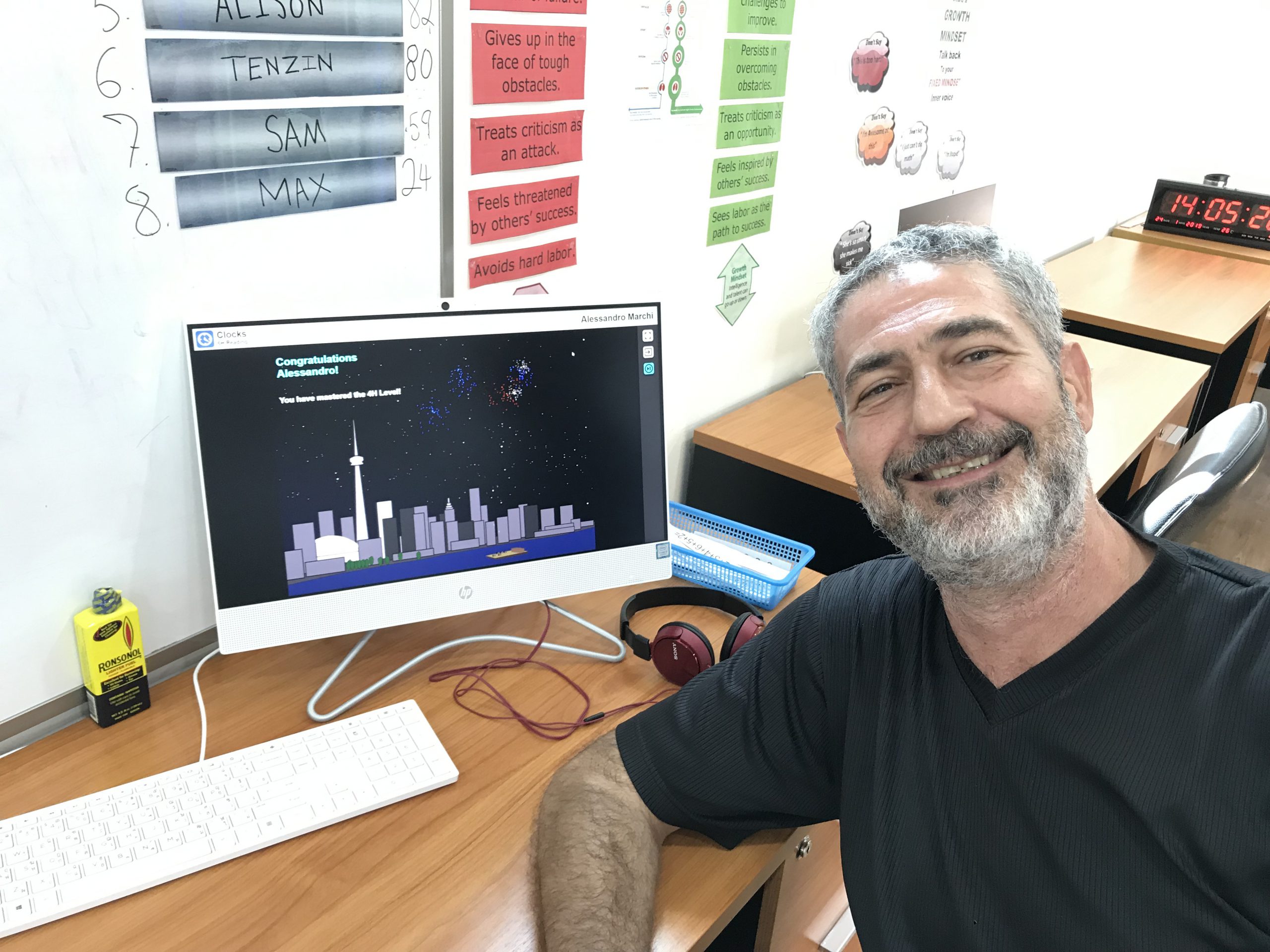






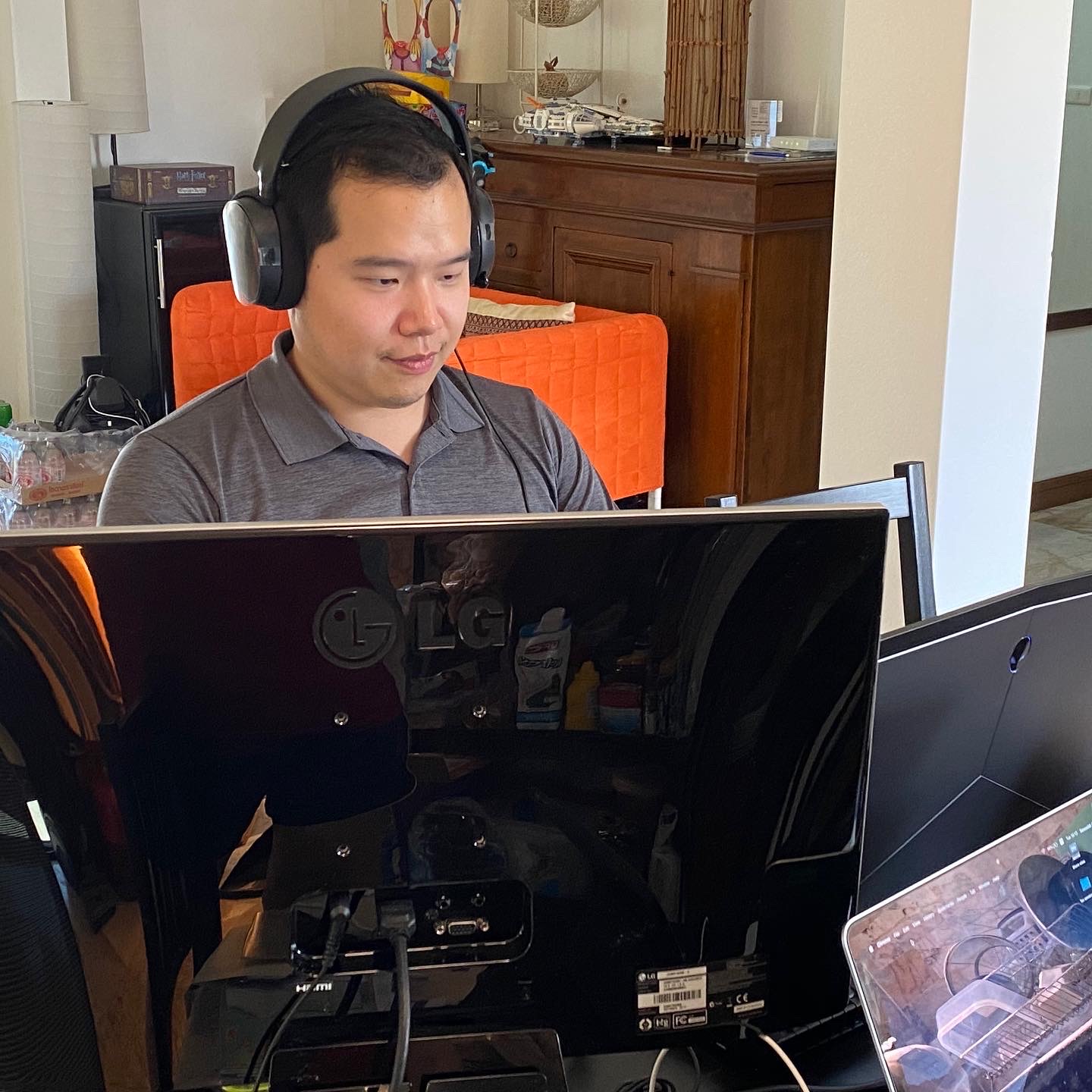

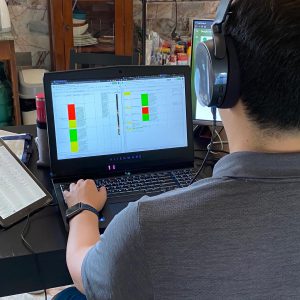 For the students in quarantine, it’s taking more discipline and commitment to overcome the distractions of home and workspaces with stunning views! Bravo to their parents who were supervising and trying to manage their own work as well.
For the students in quarantine, it’s taking more discipline and commitment to overcome the distractions of home and workspaces with stunning views! Bravo to their parents who were supervising and trying to manage their own work as well.